John Psaropoulos
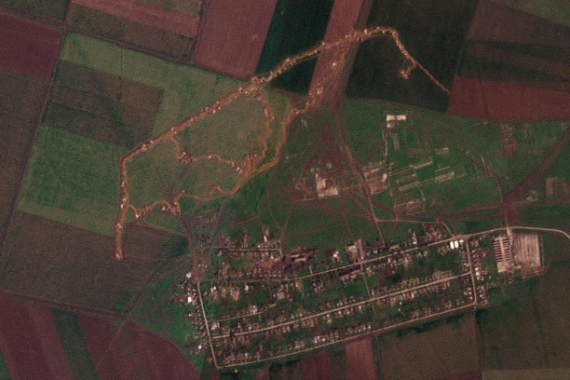
Russia annexed Crimea in 2014, eight years before launching a full-scale invasion of Ukraine in February 2022. As the war grinds on for more than a year, Ukraine’s political and military leadership has made it clear that it defines victory as reclaiming its 1991 borders, which Russia had recognised. The United Nations and all of Ukraine’s Western allies also recognise those borders, which include Crimea.
The investigation by Al Jazeera’s Sanad news verification and monitoring unit found that between February and March, the Crimean border and surrounding areas were transformed into a fortified barrier ahead of an expected spring counteroffensive by Ukrainian forces.
In particular, an extensive network of trenches and defences was constructed and now extends across the border villages of Crimea. Construction and expansion of several significant military bases also took place during the same period, according to the images provided to Sanad by SkySat and Planet.com.
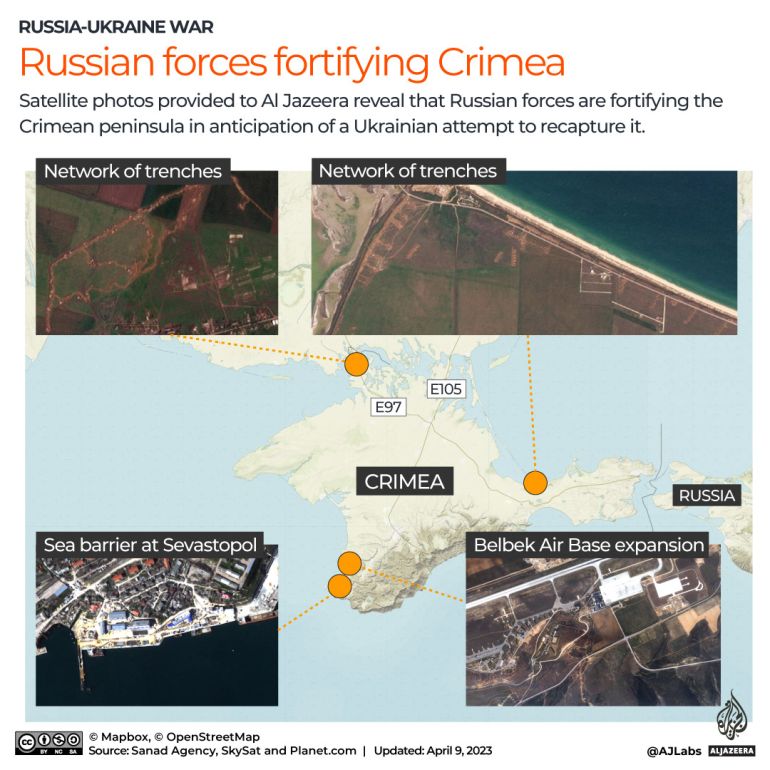
Images taken on April 1 also show that authorities in Crimea have set up a sea barrier at a dock of the Russian Black Sea Fleet in the Sevastopol port, in addition to several new buildings and infrastructure developments within the port area.
Meanwhile, advertisements for workers to build fortifications have appeared on Russian job sites in Crimea over the past few months. Analysts say a shortage of manpower could be a significant reason why these trenches are not yet fully effective.
“None of the trenches in any of the photos are 100 percent complete. All indicate ongoing work, as the trench networks are not connected and lack complete communications trenches,” Zev Faintuch, senior intelligence analyst at security company Global Guardian, told Al Jazeera after seeing the photographs.
The trenches in northern Crimea suggest Russia is acting to deter Ukraine from mounting a ground assault from the north, Ukraine’s only way in, said Faintuch.
Further south, the trenches and fortifications suggest Russia is expecting any successful breach of its first line of defence to move along two highways, the E97 and E105.
“The new Russian defensive lines leverage the topography and existing villages to create choke points along these highways. In essence, if the Russians find themselves on the defensive in Crimea, they plan on giving Ukraine a taste of its own medicine,” said Faintuch, referring to the high casualties Ukrainian defenders have inflicted on Russian forces trying to take the eastern provinces of Luhansk and Donetsk.
Crimea operations ‘logical’
Last September, Ukraine’s Commander-in-Chief of the Armed Forces, Valery Zaluzhnyi, and Lieutenant General Mykhailo Zabrodskyi penned a strategy paper in which they described Crimea as the “centre of gravity” of Russia’s invasion of Ukraine and a territory that would perpetually enable Russia to threaten Ukraine.
“Crimea was and remains the basis for lines of communication on the southern strategic flank of Russian aggression,” they wrote. “The territory of the peninsula allows for the deployment of significant groups of troops and supplies of material resources.
“It is logical to assume planning for 2023 an operation or a series of operations to seize the peninsula,” they said.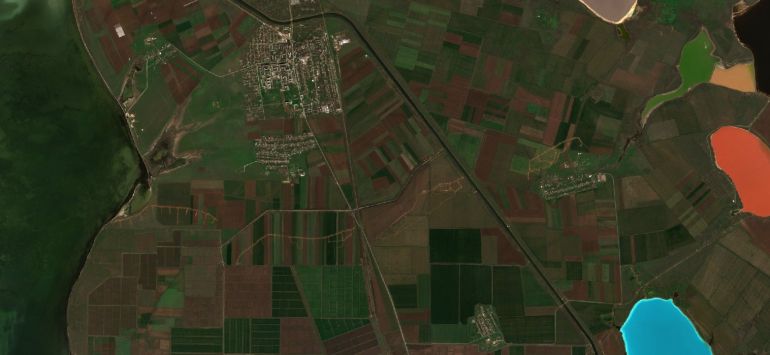 Trenches in northern Crimea near Suvorove and Filativka villages as shown on March 27 [Planet.com/Al Jazeera]
Trenches in northern Crimea near Suvorove and Filativka villages as shown on March 27 [Planet.com/Al Jazeera]
 Trenches in northern Crimea near Suvorove and Filativka villages as shown on March 27 [Planet.com/Al Jazeera]
Trenches in northern Crimea near Suvorove and Filativka villages as shown on March 27 [Planet.com/Al Jazeera]The generals also said Ukraine would require “ten to twenty combined military brigades – depending on the plan and ambitions of the Ukrainian command”. As Ukraine no longer had access to enough Soviet-era weaponry to equip these brigades, the generals said, “this can be done exclusively by replacing the main types of weapons of already existing brigades with modern ones provided by Ukraine’s partners”.
In late January, Western allies made a key decision to supply Ukraine with offensive weapons, pledging 258 main battle tanks and hundreds of armoured fighting vehicles. But those tanks would equip only three brigades in a NATO army, and only about four dozen have been delivered.
Is it possible?
Western leaders backing Ukraine with military assistance have been squeamish about giving the Ukrainian government the go-ahead to invade Crimea, not least because Russian President Vladimir Putin has insinuated it might trigger the use of tactical nuclear weapons.
That cautious approach has its critics.
Alexander Vindman, a retired United States Army lieutenant colonel, argued against the “incremental escalation” Ukraine and Russia are currently following.
“By the summer, Ukraine is likely to begin targeting more of Russia’s military infrastructure in Crimea in preparation for a broader campaign to liberate the peninsula,” he wrote in February, and the West was providing only enough weapons to keep Ukraine fighting, not winning.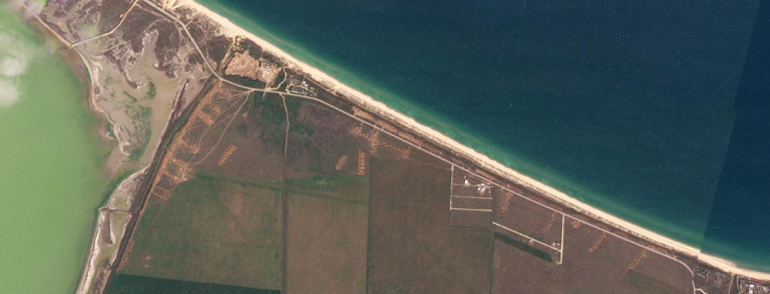 Trenches in eastern Crimea near Kamianske village on March 27 [SkySat/Al Jazeera]
Trenches in eastern Crimea near Kamianske village on March 27 [SkySat/Al Jazeera]
 Trenches in eastern Crimea near Kamianske village on March 27 [SkySat/Al Jazeera]
Trenches in eastern Crimea near Kamianske village on March 27 [SkySat/Al Jazeera]But Russia, too, is not winning. It has suffered enormous attrition trying to take Donetsk and Luhansk.
“When you get to the point where the Russians are weak and the Ukrainians are at their height, that’s when, if and when the decision is made, that we’re not looking for a diplomatic solution, we really think we can take Crimea,” Colonel Dale Buckner, a retired special forces commander who runs Global Guardian, told Al Jazeera.
As for Putin’s nuclear threats, Ukraine dismisses them. Its military intelligence chief, Kyrylo Budanov, called them “not true”.
“Crimea will be returned to us. I’ll tell you more: It all started in Crimea in 2014, and it will all end there,” Budanov said.
Oleksiy Danilov, the secretary of Ukraine’s National Security and Defense Council, recently repeated that belief as he listed a number of steps Ukraine would take after it retakes Crimea, including the destruction of Kerch bridge, which connects Crimea to the Russia mainland.
What has Ukraine done to control Crimea?
The battle for Crimea could be said to have begun last summer, when Ukraine forced Putin to pull back major military assets.
A drone attack on the Russian naval base at Sevastopol in July 2022 injured six people. Another attack using naval drones caused a series of explosions in late October, and convinced Russia to relocate its submarines and frigates east to Novorossiysk.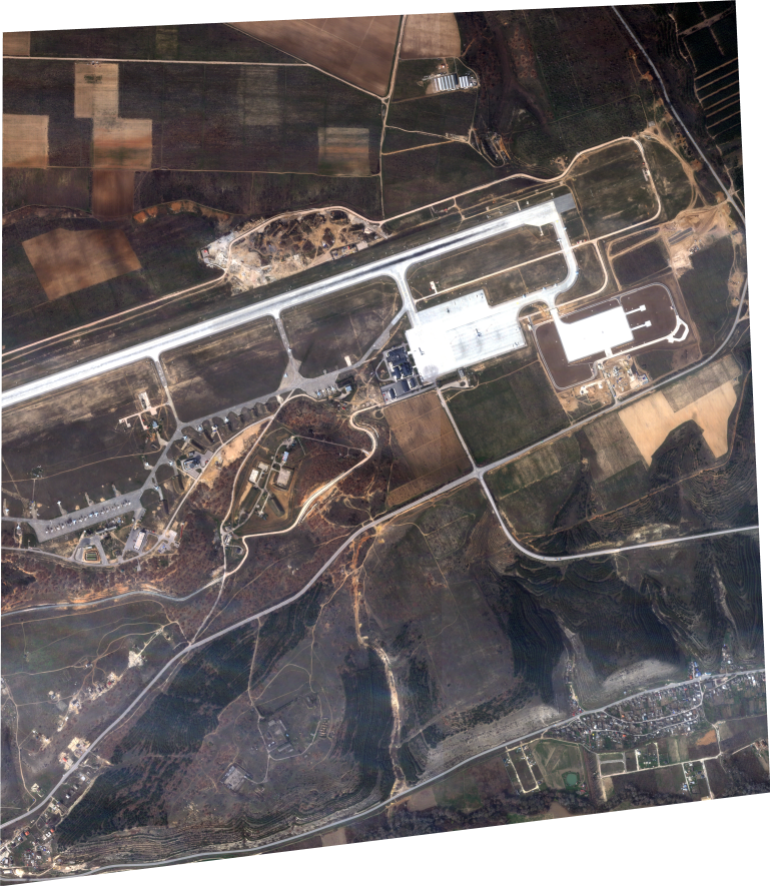 Satellite images from March 27 show that Russia has continued to expand the Belbek airbase [SkySat/Al Jazeera]
Satellite images from March 27 show that Russia has continued to expand the Belbek airbase [SkySat/Al Jazeera]
 Satellite images from March 27 show that Russia has continued to expand the Belbek airbase [SkySat/Al Jazeera]
Satellite images from March 27 show that Russia has continued to expand the Belbek airbase [SkySat/Al Jazeera]On August 9, a Ukrainian drone attack against the Saky airfield put up to 10 Russian Su-24 and Su-30M aircraft out of action, forcing Russia to relocate its aircraft to mainland Russia. Another drone strike hit the Belbek airfield in October.
“The task of the Armed Forces of Ukraine for 2023 is to make these feelings sharper, more natural and quite tangible for the Russians,” wrote Zaluzhny and Zabrodskyi, the Ukrainian generals.
On October 8, a truck bomb temporarily disabled the Kerch bridge, which connects Crimea to the Russia mainland, hampering supplies.
Two days later, Ukraine’s general staff said Russian occupation authorities were drawing up contingency plans to evacuate the families of the occupation leadership in Crimea to Russia if necessary. Those evacuations have reportedly begun to take place in recent weeks.
What will be the cost of a Crimea operation?
“Just as the Ukrainians were able to make minced meat out of Russian armour and armoured fighting vehicles, an assault on Crimea would be perilous for the attackers even with new and superior equipment,” Faintuch said.
Ukrainian forces managed to retake thousands of square kilometres of occupied land in Kherson and Kharkiv last September, but Faintuch believes Crimea is a different story.
“Crimea is one of the most defensible pieces of strategic real estate on the planet,” he said. “It has all the things you want – defence in depth, extremely limited and narrow access points, air cover and the Black Sea Fleet to pick off invaders … Should we see an invasion, the conflict is bound to take a turn for the worse.”
General Mark Milley, commander of the US Joint Chiefs of Staff, has described the complete removal of Russian forces from Ukraine, including Crimea, as a “very, very difficult military task”.
Ukraine might content itself with defanging Crimea, at least for a while. Zaluzhny said in December that the army planned to capture Melitopol, in the Zaporizhia region, in order to reach the shores of the Sea of Azov. From there, it could effectively cut off Russia from Crimea by firing on the Kerch bridge.
And Ukraine last year requested Army Tactical Missile System (ATACMS) missiles with a 300km (186-mile) range from the US in order to attack Russian airfields in Crimea. The US has not provided ATACMS to avoid provoking Russia, but it has given Ukraine 160km-range (99-mile) Ground Launched Small Diameter Bombs and plenty of Phoenix Ghost kamikaze drones.
David Petraeus, a retired US Army general and former CIA director, said in January that severing Russia’s connection to Crimea “would be of enormous value”.
Faintuch agreed with this approach. “Threatening Crimea is the key to ending this conflict,” he said.
No comments:
Post a Comment